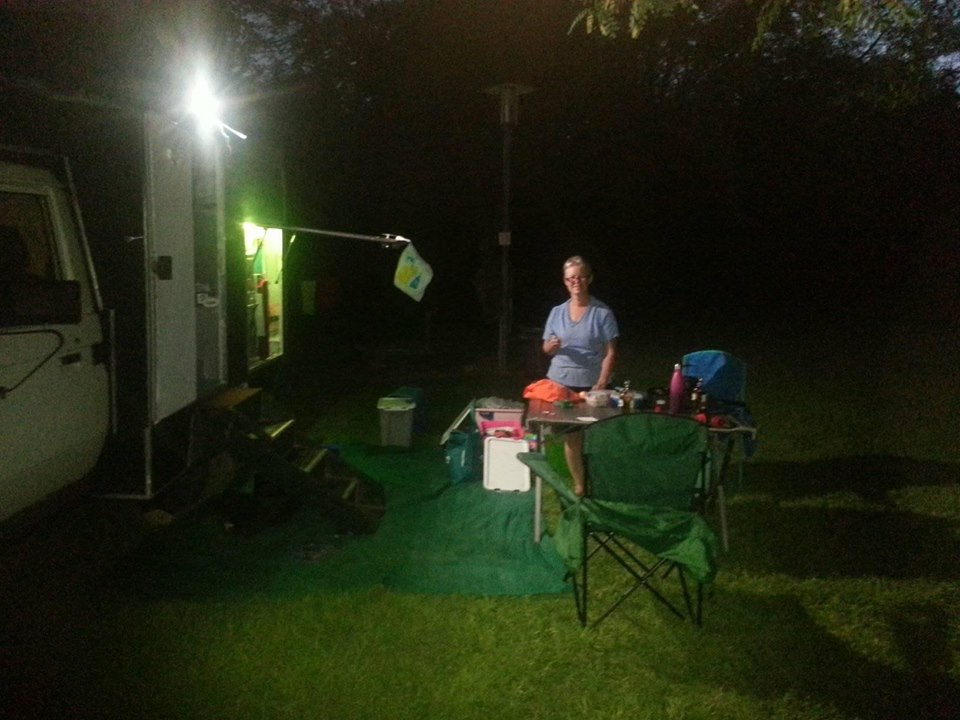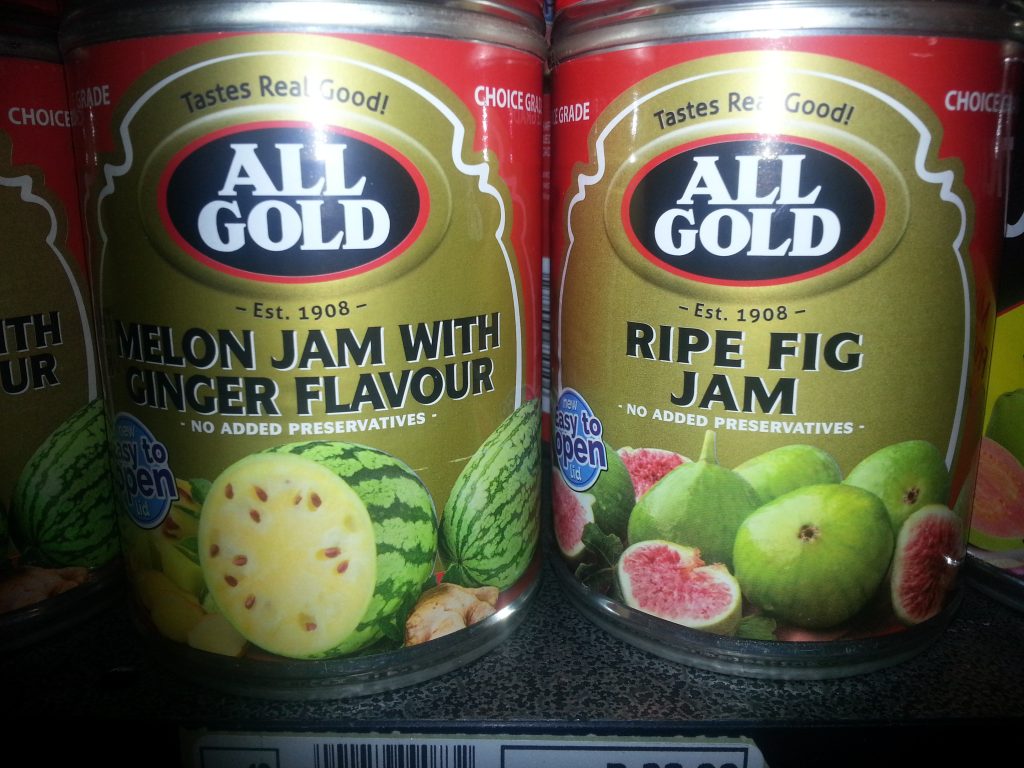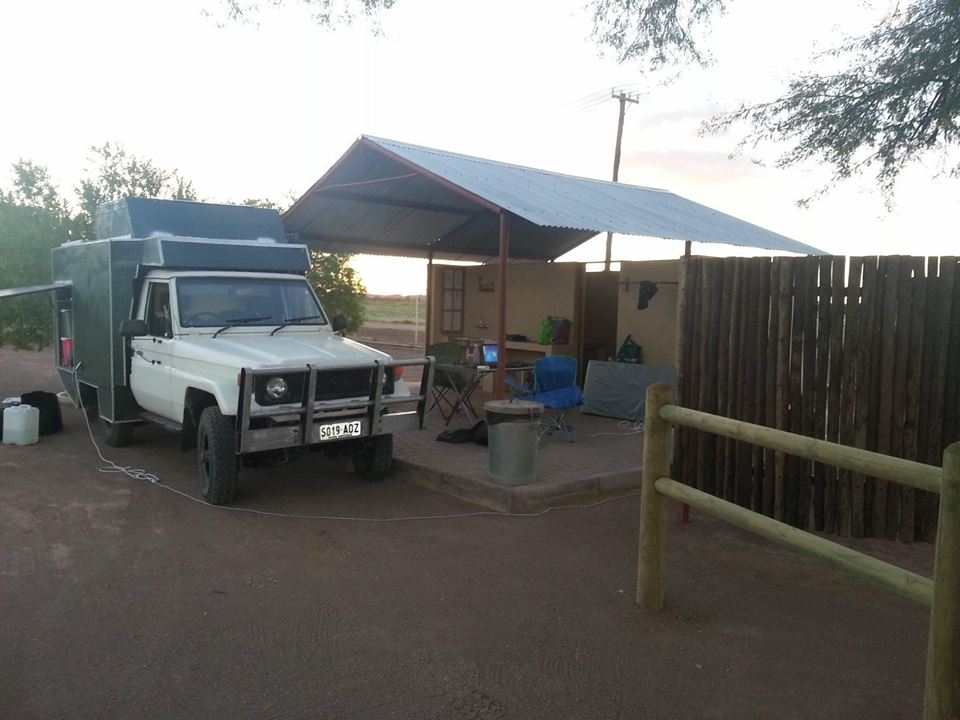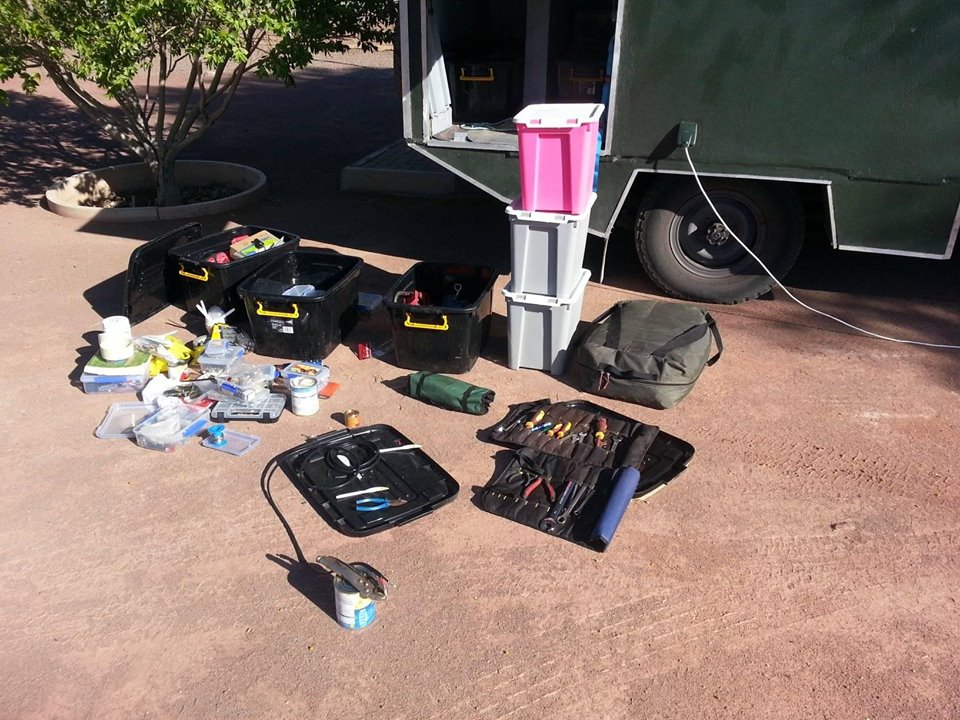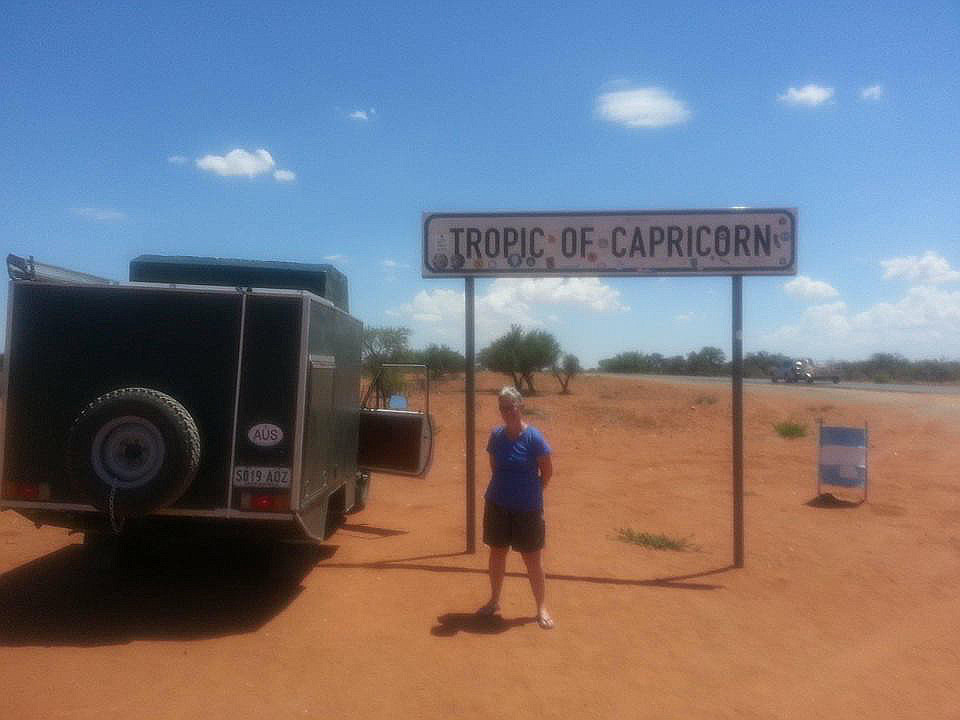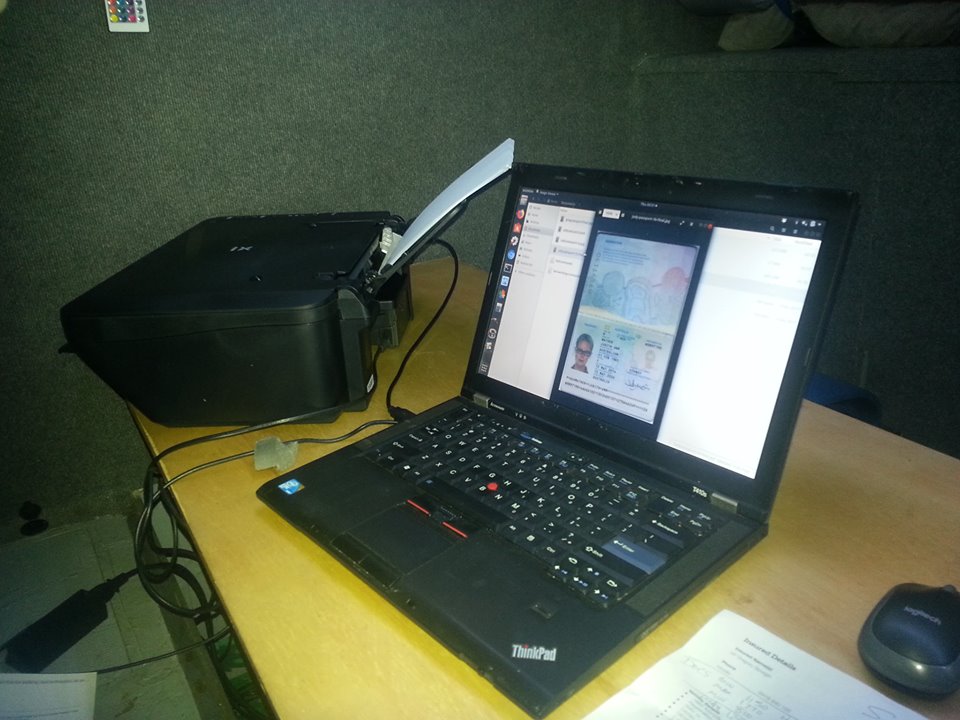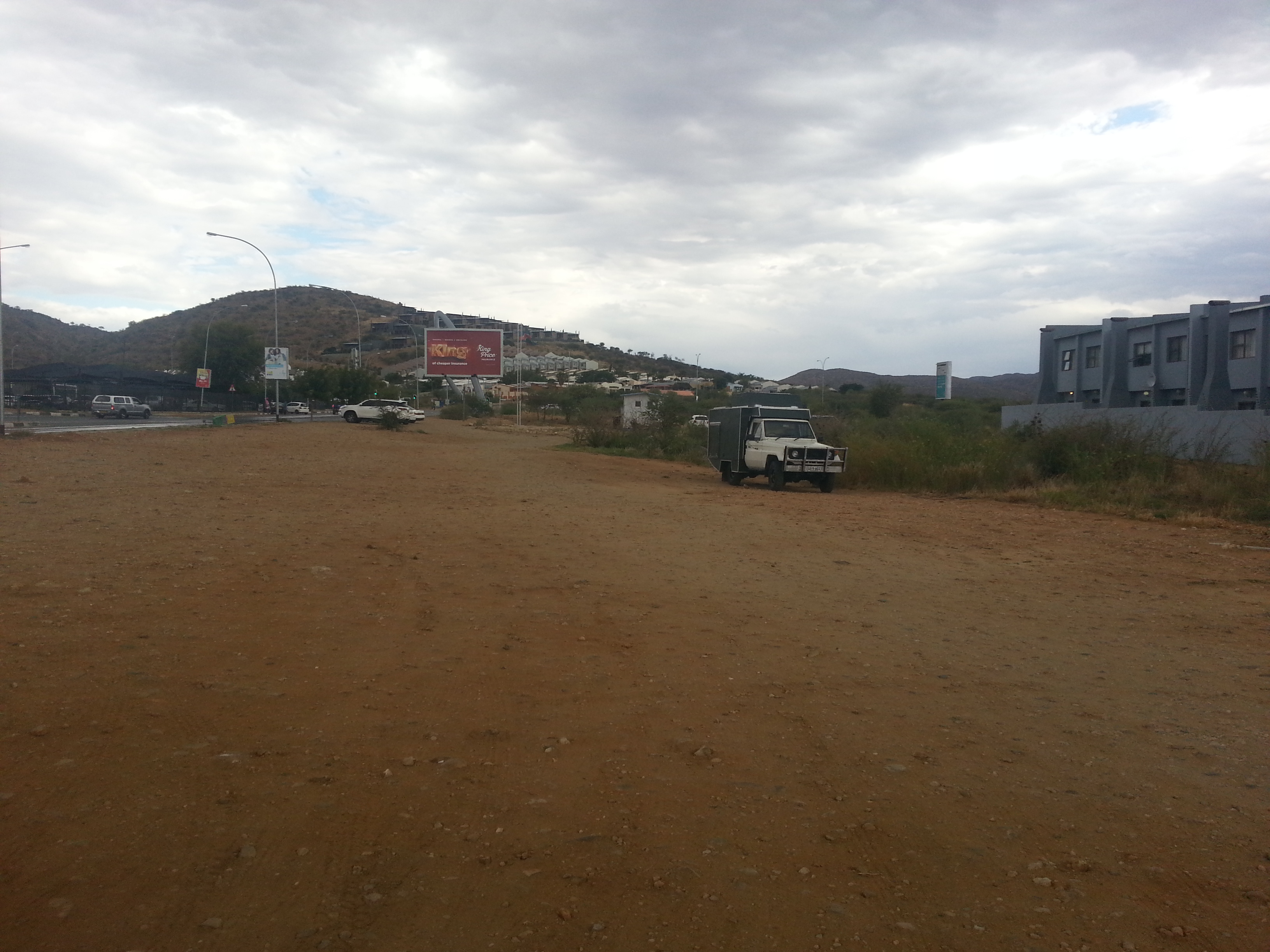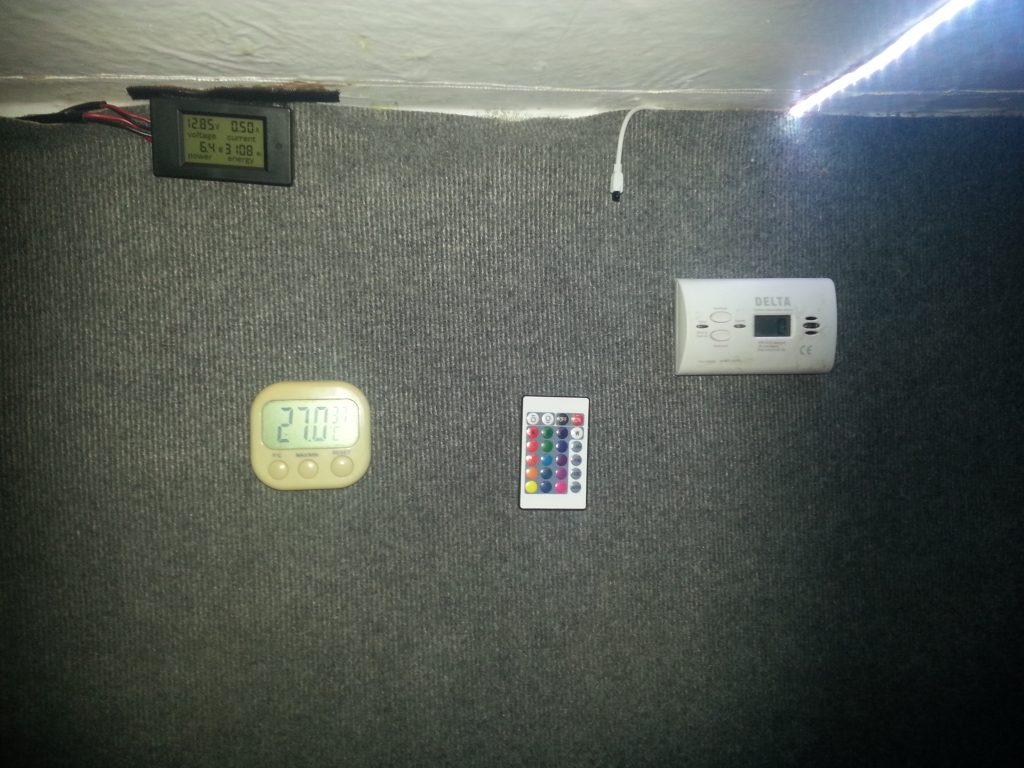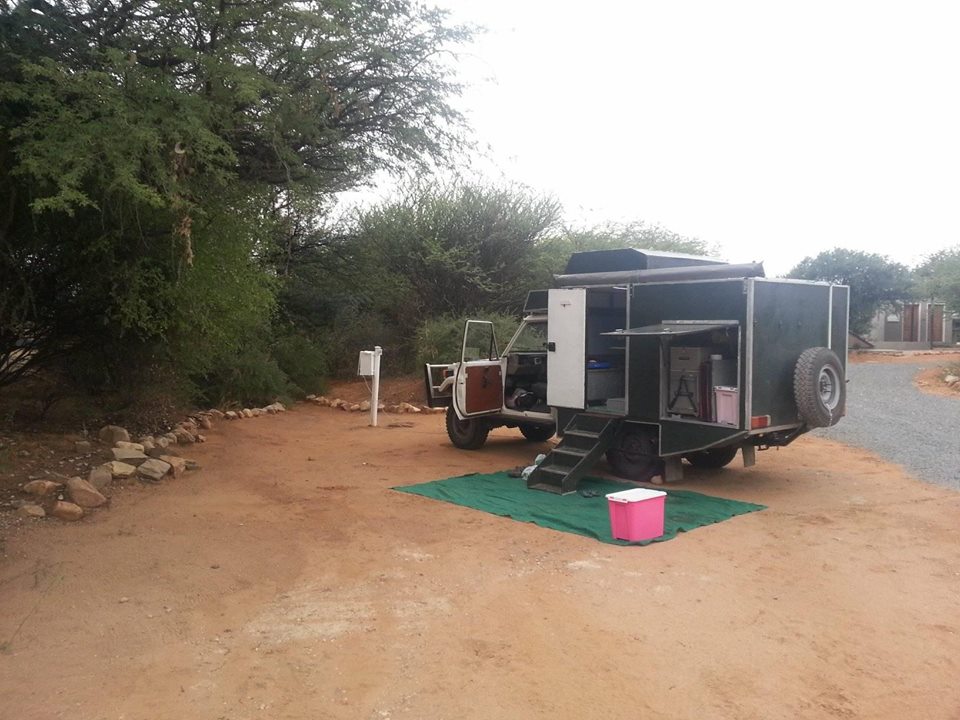Welwitschia Mirabilis
It took us many hours to drive the 80 or so kms from Tchitundo-Hulo to the giant Welwitschia Mirabilis, a lot of it on a rough, rocky, bone-jarring single track. The bits that weren’t rocky were sand with ruts, so the whole drive was bumpy. As with a lot of the off-roading we do, we used 4WD for about 1% of it. It’s the ground clearance that’s essential. And time. Gotta take it slow.
We reached the Welwitschia late in the afternoon, with about 30 minutes of daylight remaining, so we camped there the night. Located in a long valley, with lots of other Welwitschias around, the main attraction was by far the biggest we have seen. These strange plants only ever grow 2 leaves, which grow longer and wider over the plant’s lifetime of hundreds or possibly thousands ot years. The leaves trail along the ground and are mainly green, some with red tinges. The ends dry up and eventually fall off.
They flower in spring and we saw dried-up old flowers on some plants. The males have stamens and the females have cones. I tried really hard to find some small, seedling-sized plants, but had no luck.
Arco
The next day, Sunday, we drove back to Namibe, stopping to see Arco – the Arches. We left our campsite near the Welwitschia and drove past a lot more of them on our way back to the highway, and then drove for just a few kms on unsealed road to get to Arco, an impressive set of sandstone arches which are located about 10 minutes’ walk from the carpark. A local man met us at our car and told us the entry price – AKZ 2000 AUD$10 per person for a ‘guided tour’. We paid and joined another group of people being led by another local man. We walked beside a lovely seasonal lake – I’ve since seen photos of the same area with no lake, so I guess it only has water in it during the rainy season. The arches were impressive – at home or in the US they would be in a National Park. We met 3 guys there – they work in the oil industry and live in the capital, Luanda. A Scotsman, an Algerian and a German … sounds like the start of a joke, doesn’t it? We had a long chat with the Scotsman and he recommended a good camping spot further north at Baia Azul Blue Bay near Benguela, & also told us that Luanda really wasn’t worth visiting. It’s expensive, crowded and just not a must-see place. Which matches up with most of the other things we’ve read and heard about Luanda, so we’re not going there.
Back in Namibe
We had thought about camping at an actual campground Villa Dorotea, just south of Namibe. We went and had a look at it and for someone who wanted to stay in a cabin by the beach it possibly would have been okay, but there was no vehicle access apart from a small carpark at the campground entrance. We parked and had a bit of a look around and realised that vehicles with camper trailers or rooftop tents were actually parked on the other side of the campground’s fence, near a very crowded tent area. To be fair, this was during Carnival – a 5-day long weekend, but we didn’t feel like staying there with lots of other people and overburdened facilities so we headed further down the coast and found our own piece of beach. So far we have spent nothing on accommodation, and in what may be construed as too much information, I haven’t seen a flushing toilet in over a week. Well, there was that one time at the Shoprite complex in Namibe but all 3 of the ladies toilets were broken, so I don’t count that.
We spent most of Monday in Namibe, getting a few things done. We were getting low on clean clothes and with limited access to water, we were happy to get it done at a commercial laundry. The woman who served us didn’t seem all that happy to see us and made a BIG deal out of counting out everything and pretending to look at her itemised list of dry cleaning charges to see how much she could get away with charging us. The boss wandered out from the back and suggested AKZ 4000, we thought AKZ 3000 AUD$15 was reasonable (and had read in iOverlander that someone else had paid that for a load of washing there) and everyone was happy. We went back in the afternoon to collect it and the woman was much happier then. And so were we, with all those clean clothes. And bed linen too! It was wonderful for all of 5 minutes before we brought in sand on our feet.
We’d been having trouble accessing the internet, despite Greg purchasing more data, so we went off in search of a Unitel shop to assist and after one false lead – from the outside the shop appeared to be what we wanted with all the right logos, but in fact was only selling phone cases and accessories – we found the right place on the same road as Greg had bought the inner tubes. Someone there helped him and we were able to catch up on some of what we’d missed and update this blog before we forgot what we’d done.
On Monday night we camped in sand dunes below a mesa north of Namibe, then on Tuesday we found a nice quiet spot between the road and the coast 5kms north of Bentiaba. Someone on iOverlander shared the spot because they had camped on the beach but we thought we’d be better behind the dunes – out of the wind, out of sight and away from fluctuations in tides. We spent 2 nights there and enjoyed it. Got out the insect/shade annex and settled in.
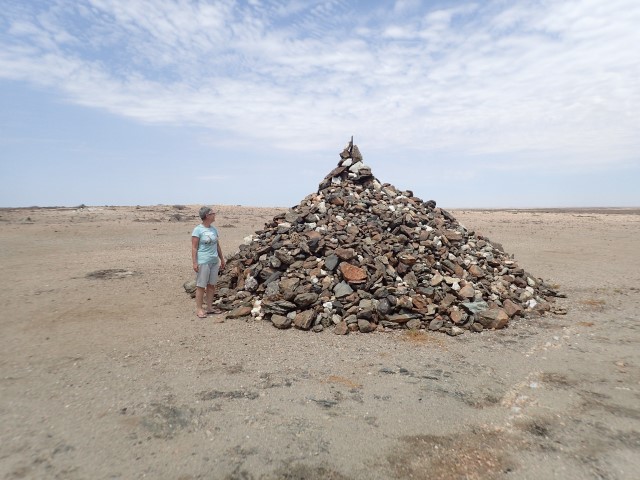
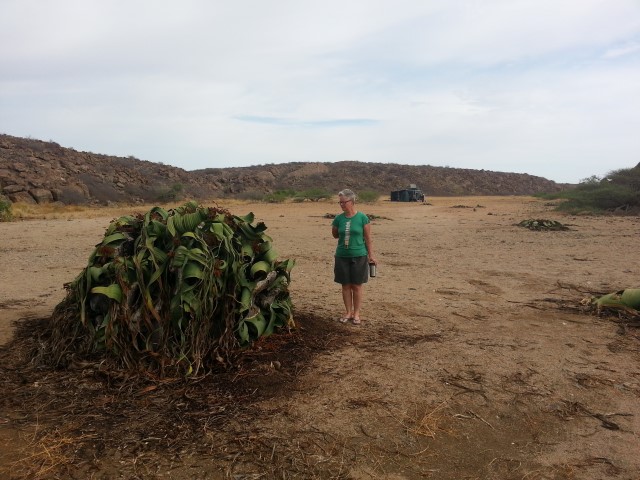
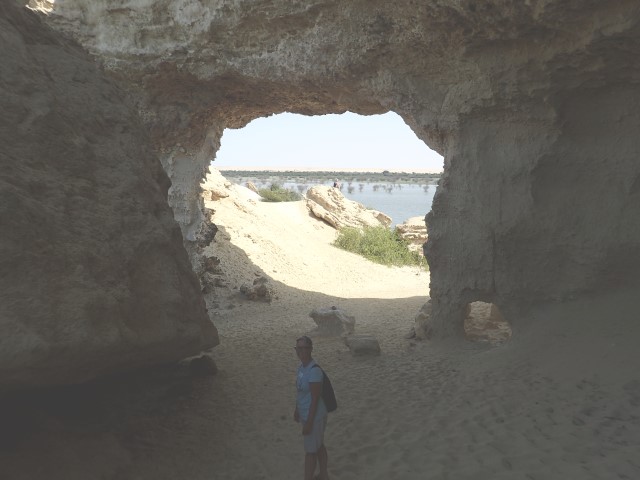
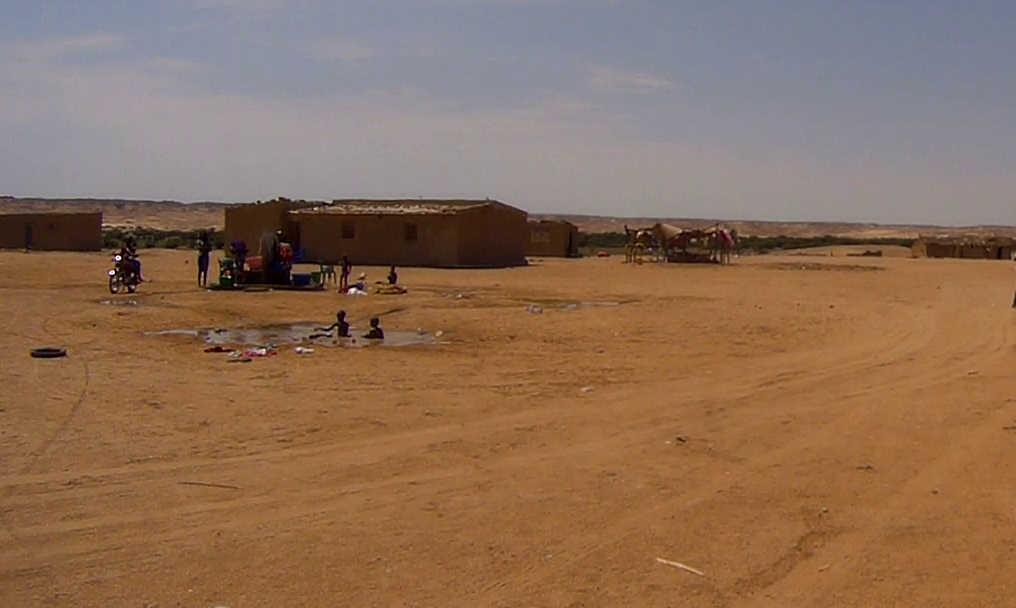
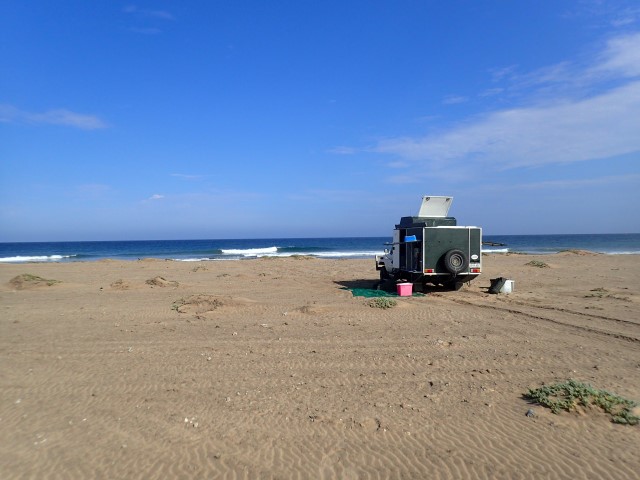
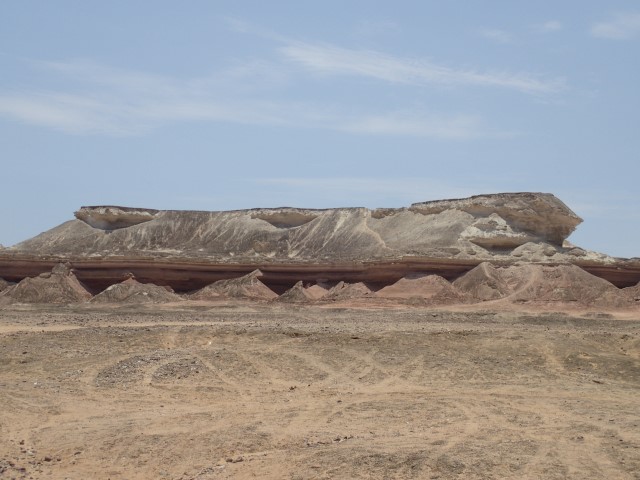
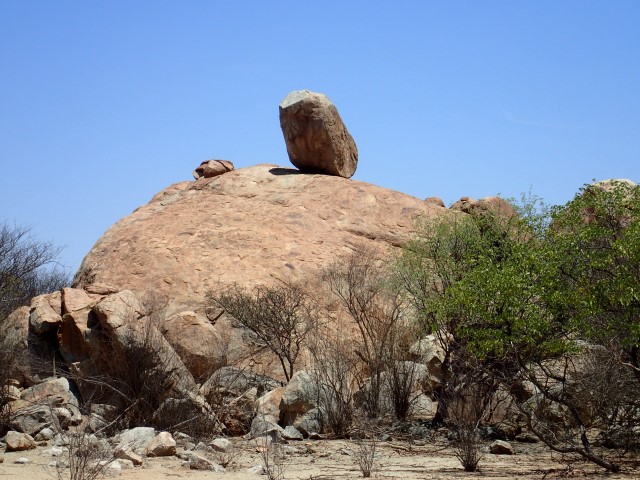
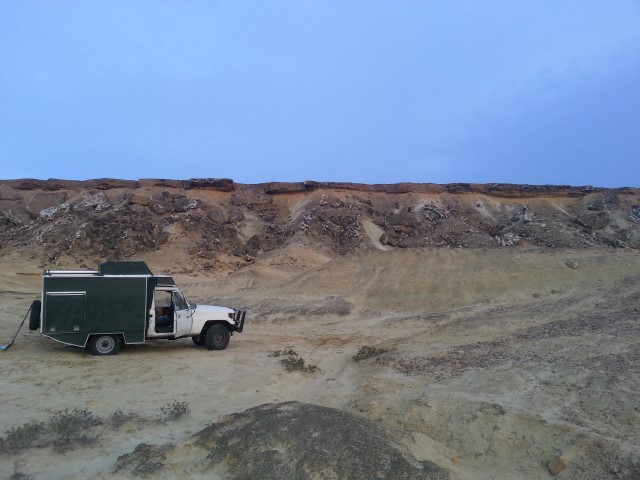
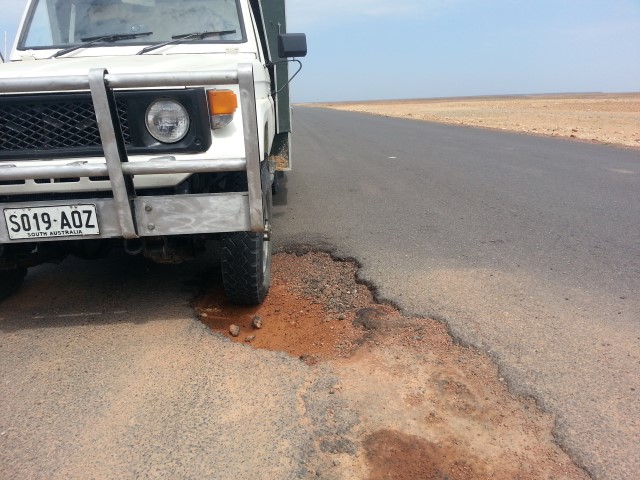
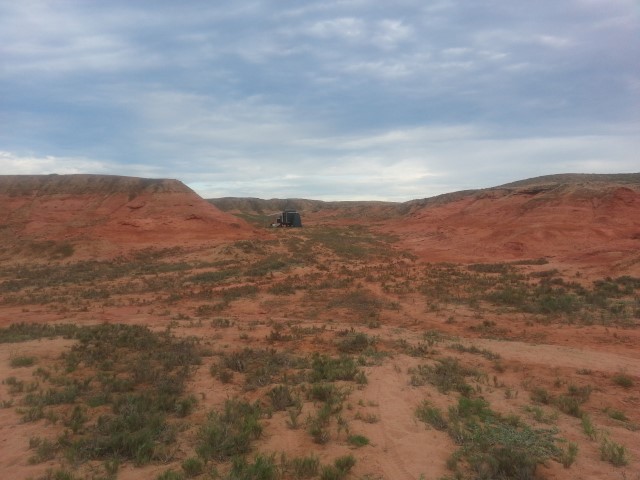
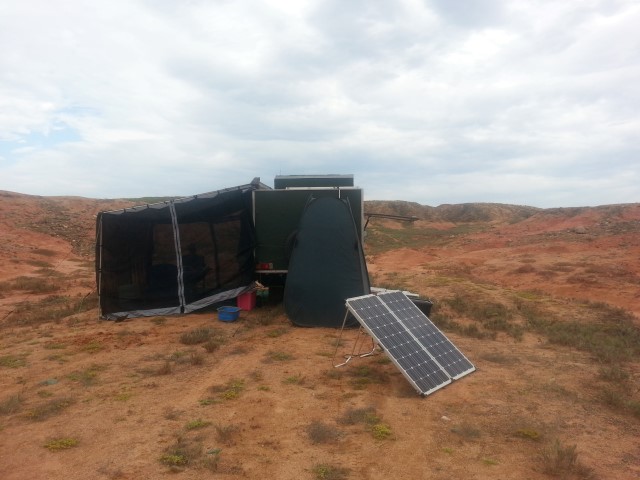
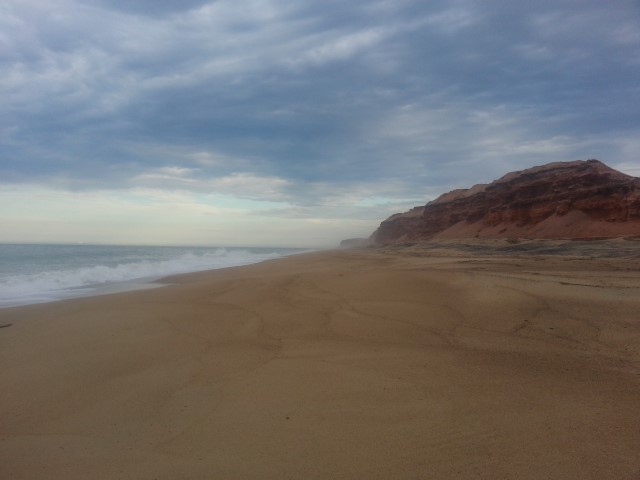

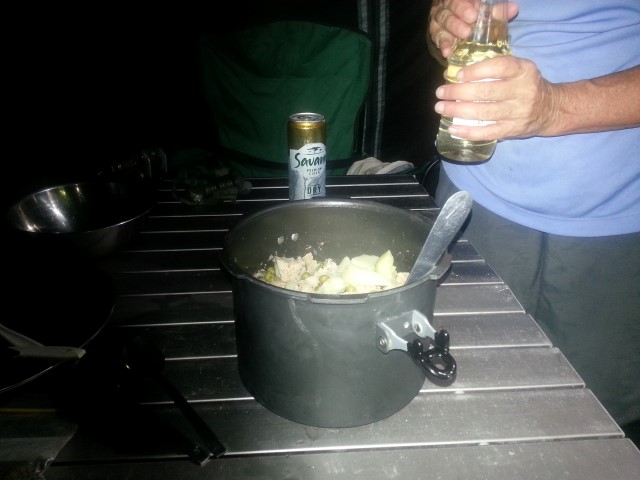
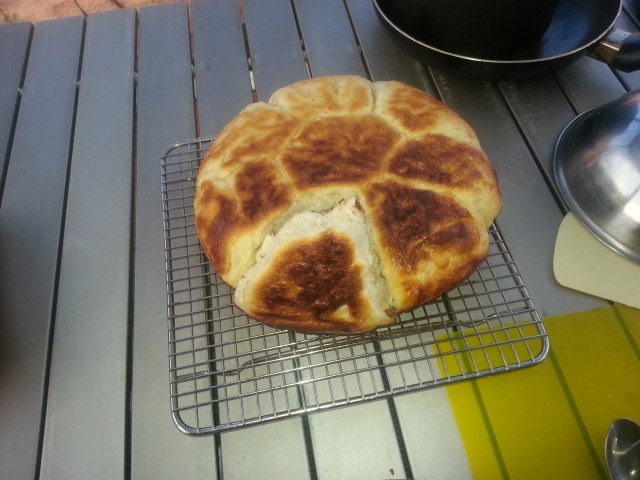
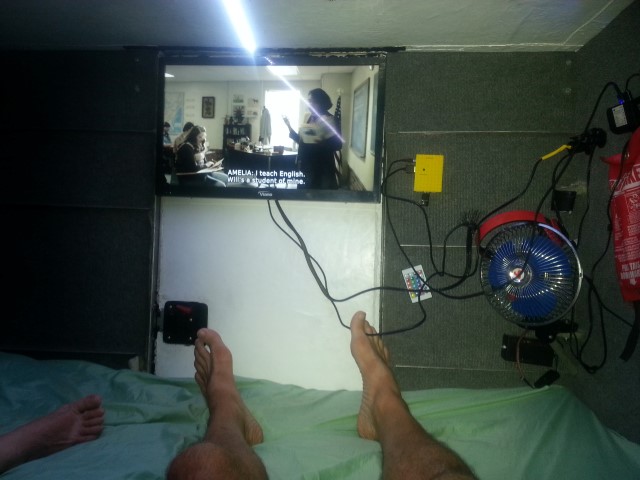
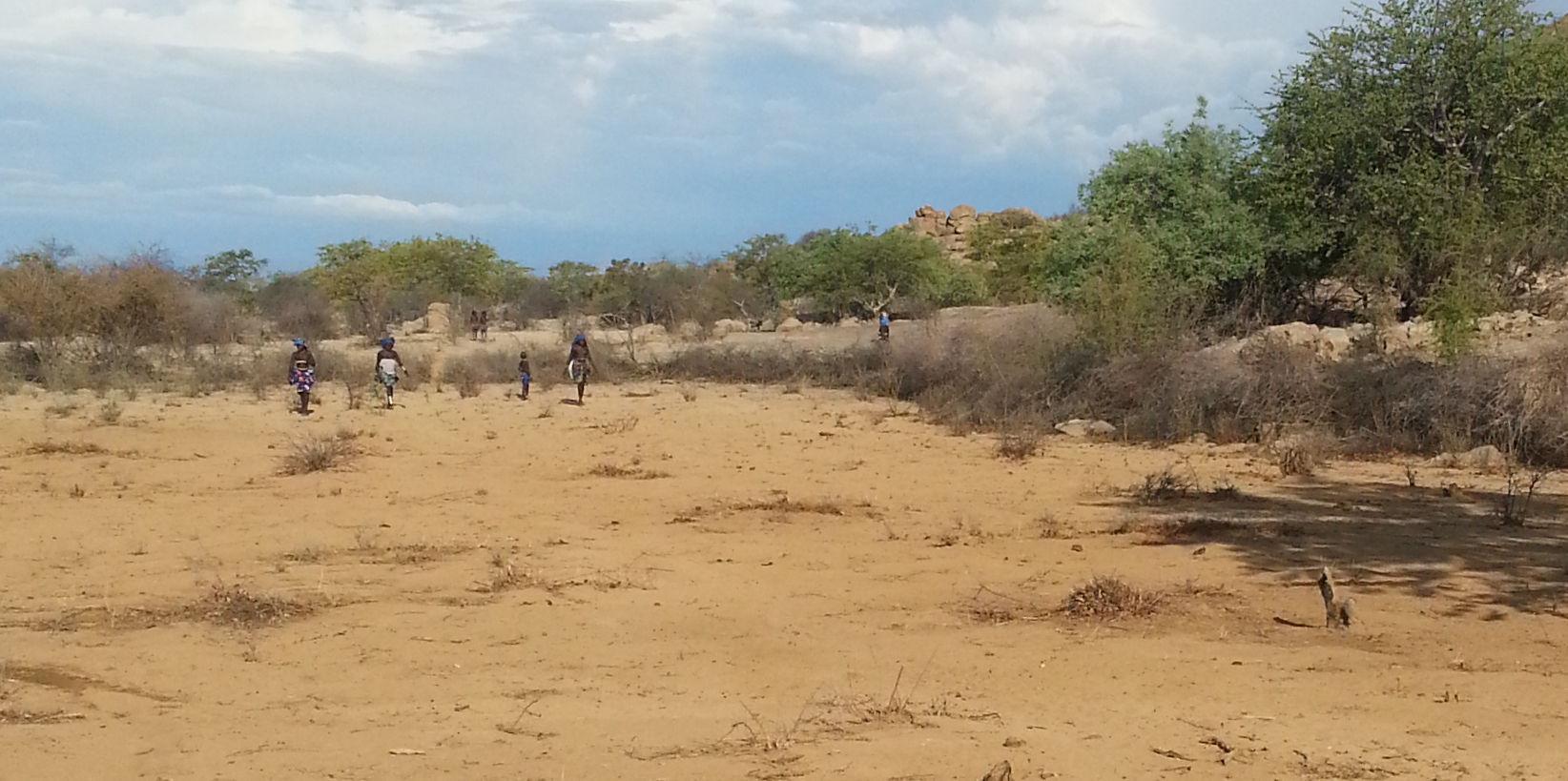
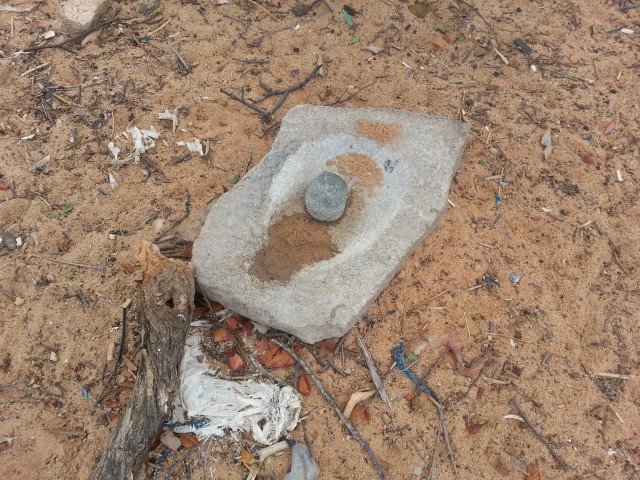
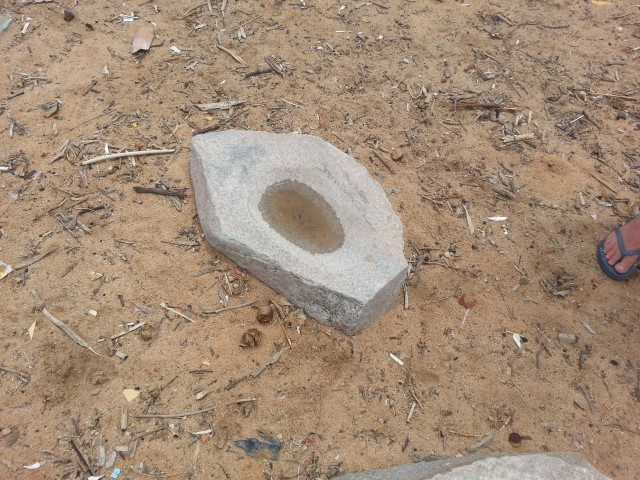
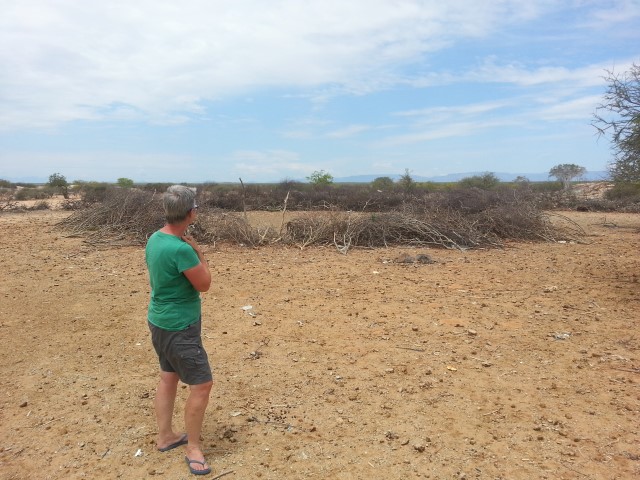
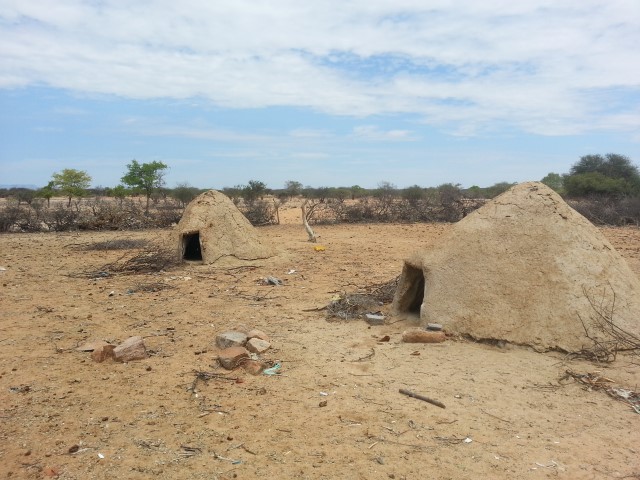
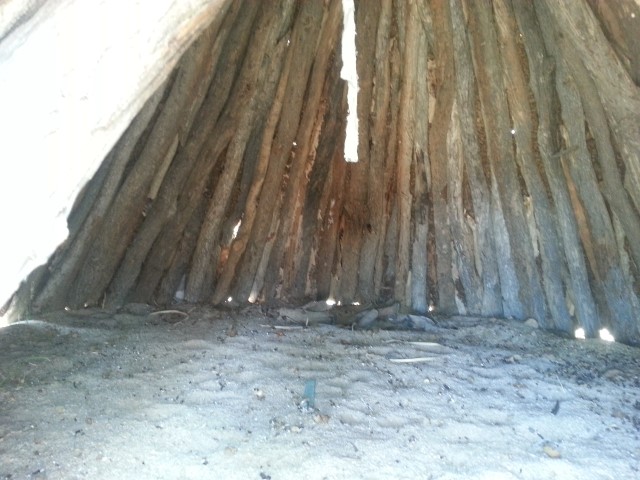
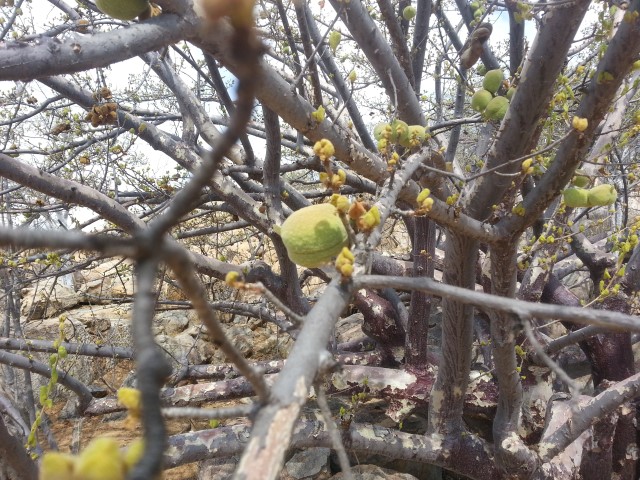
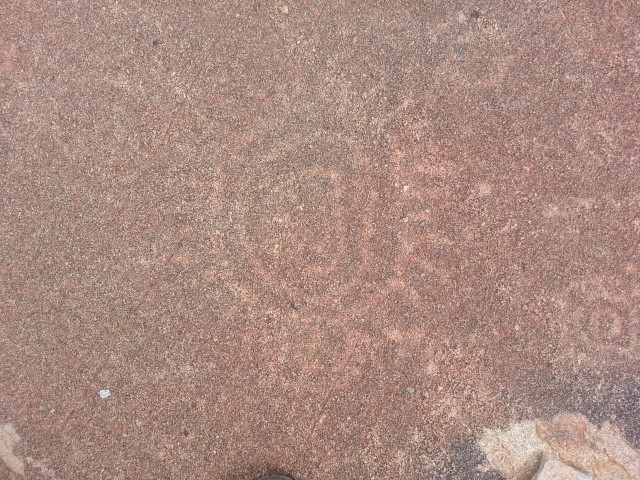
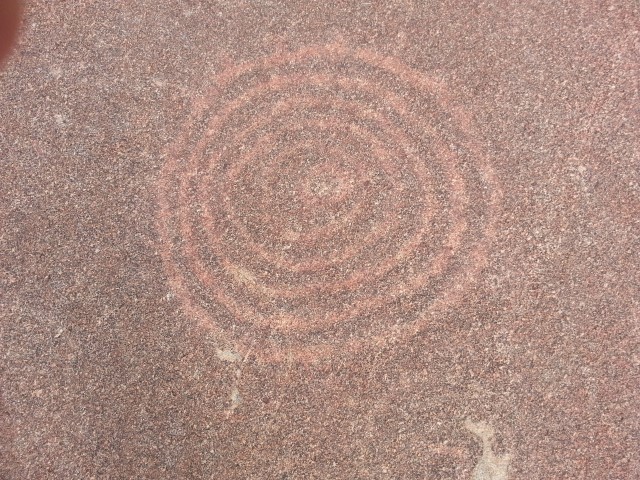
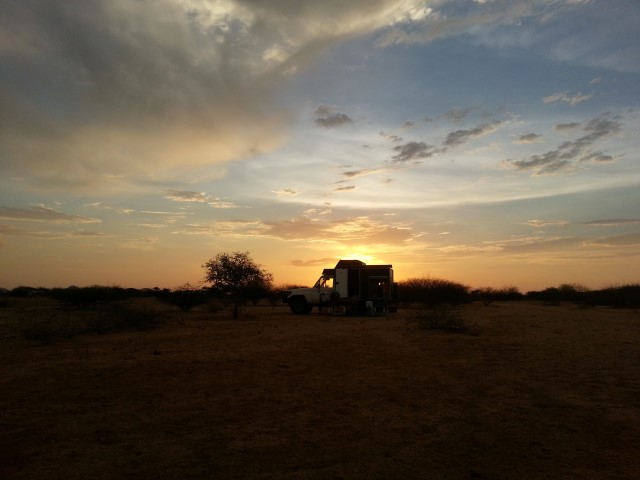
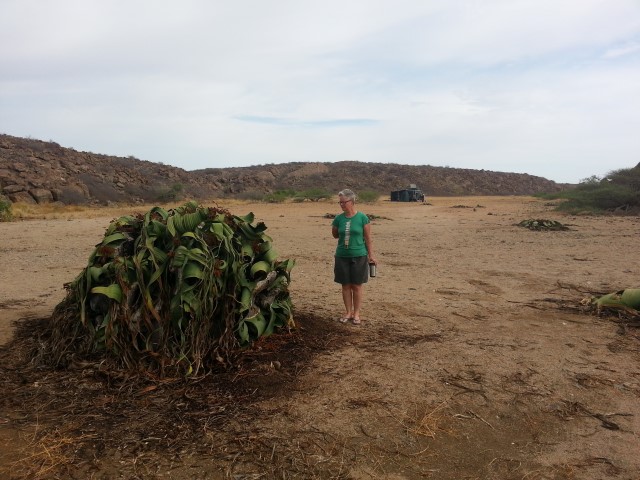
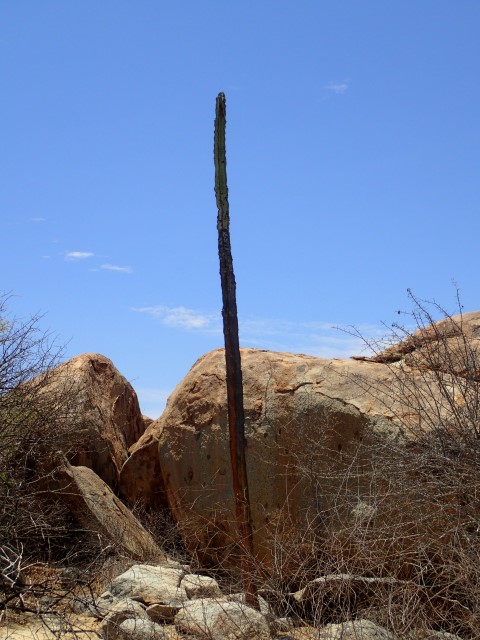
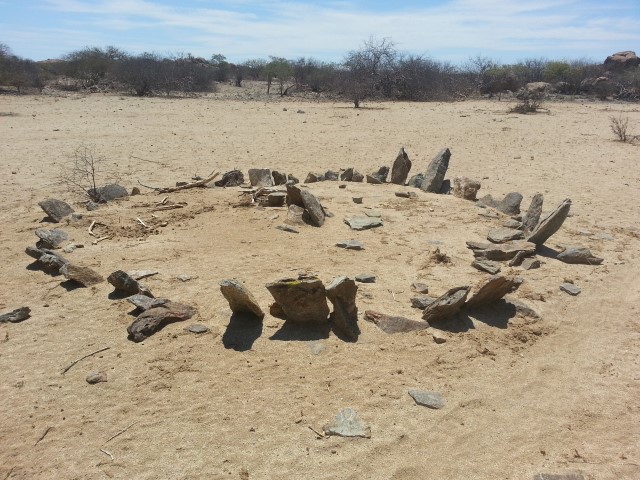
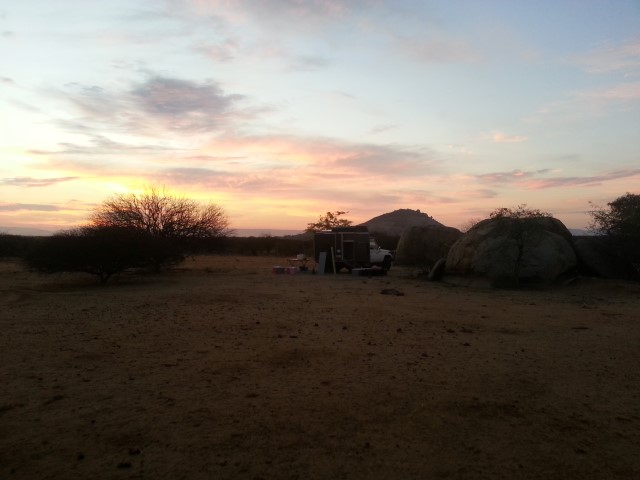
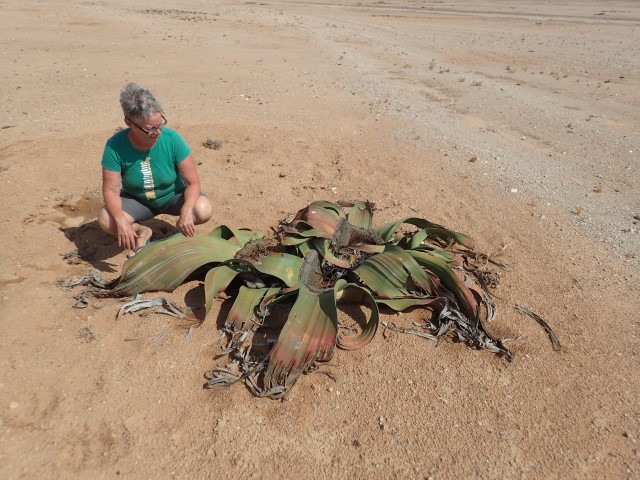
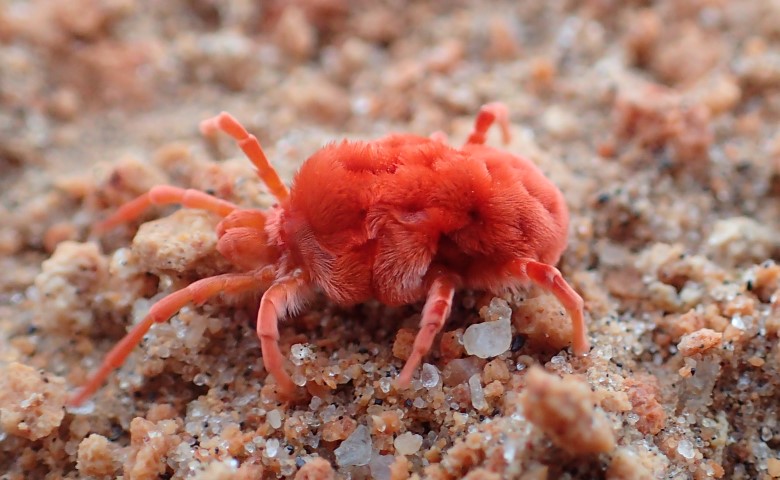
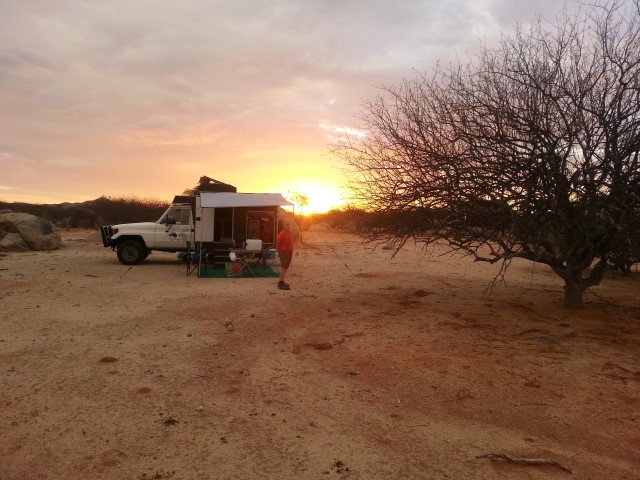
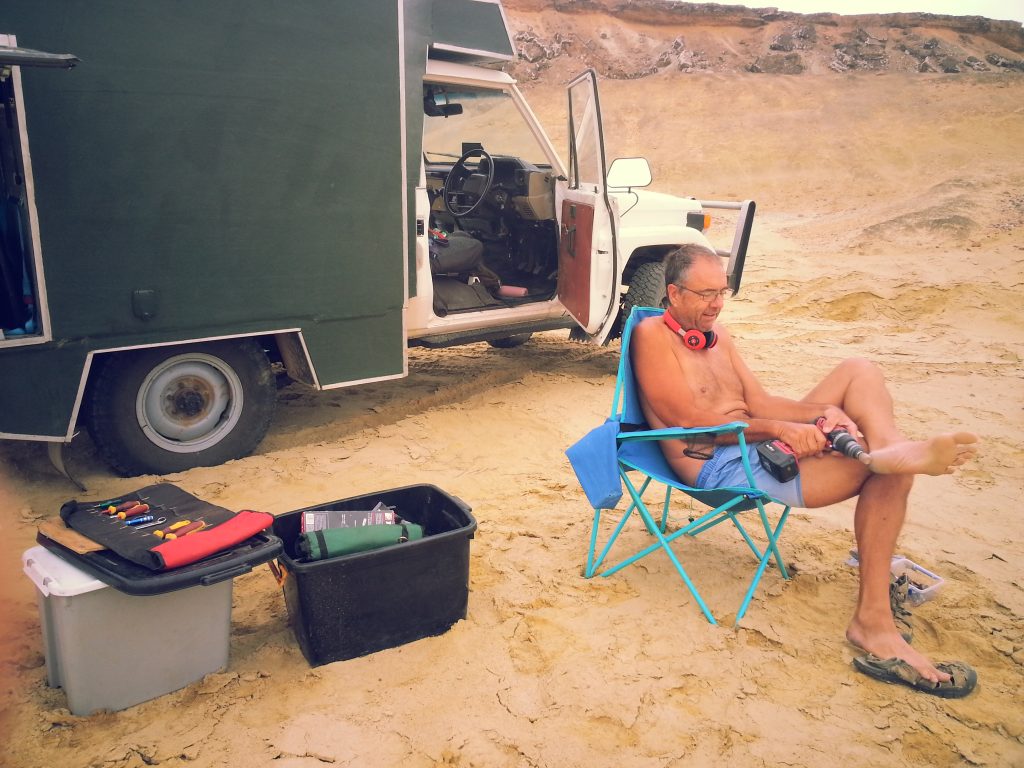
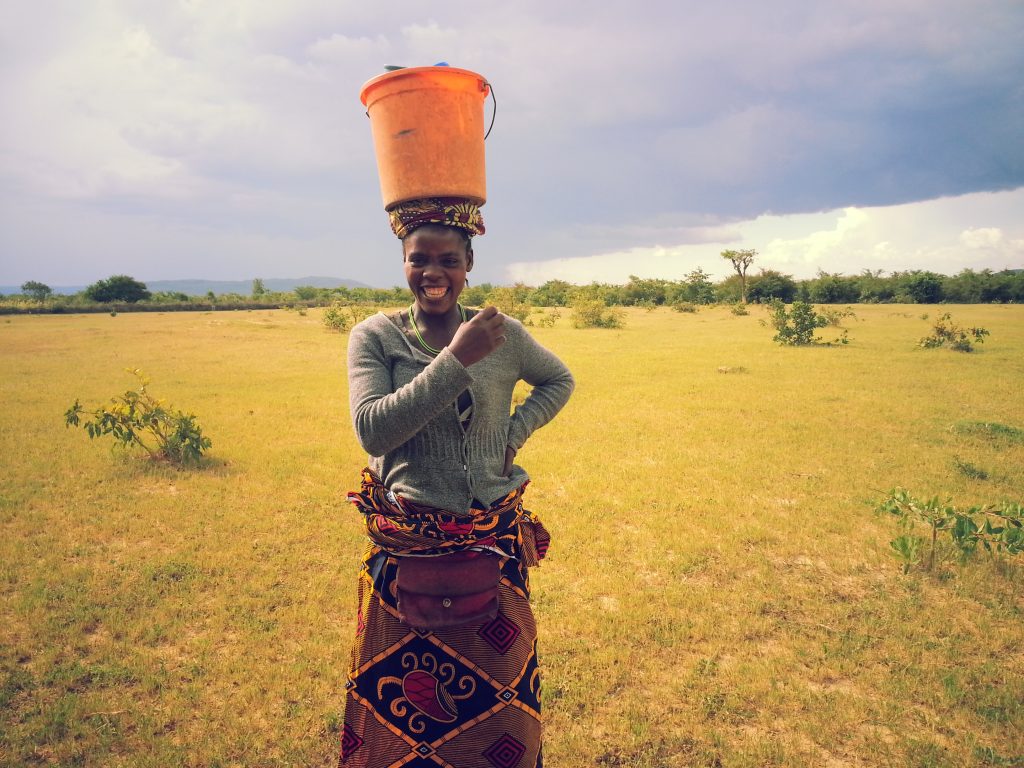
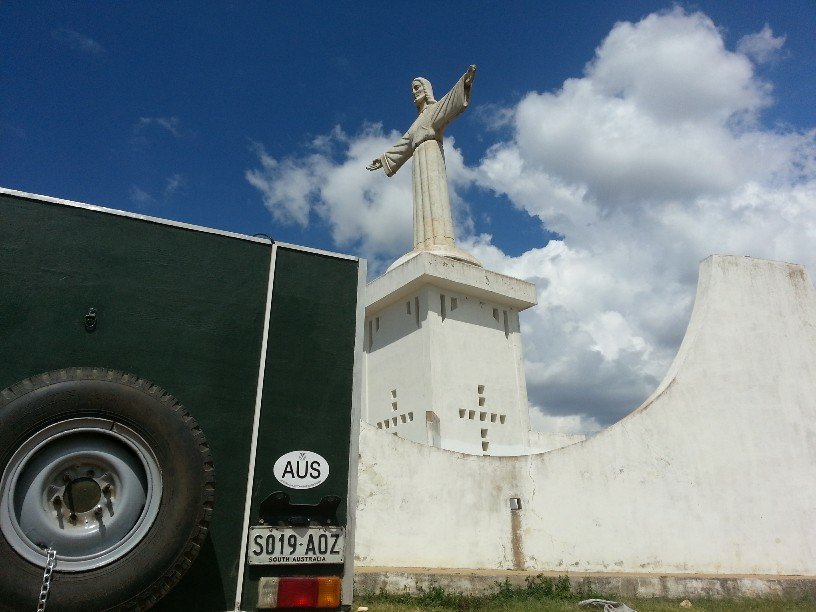
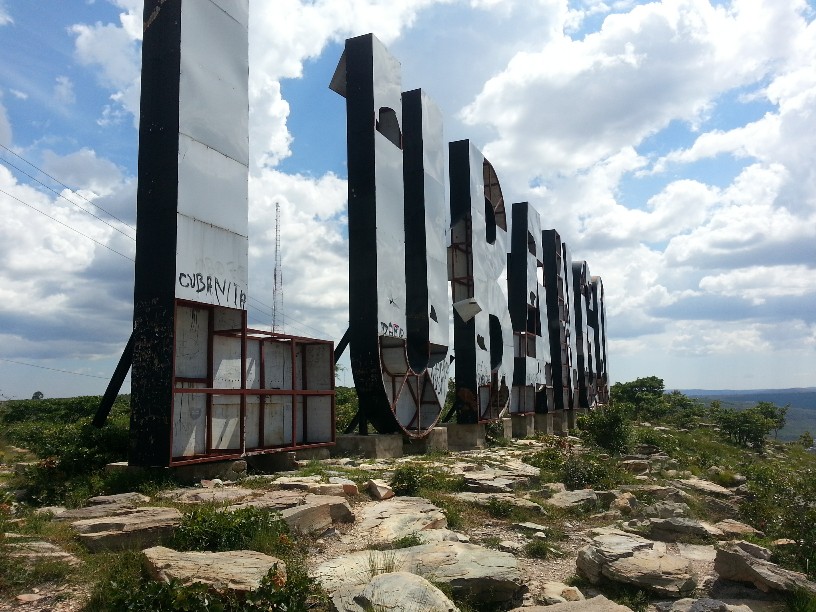
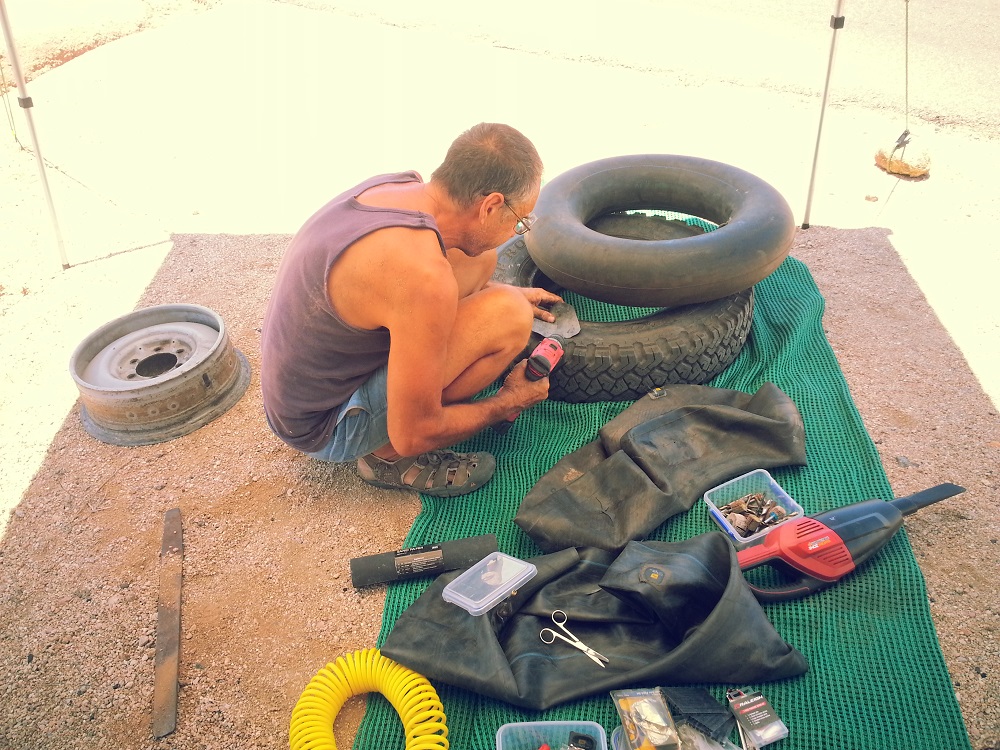
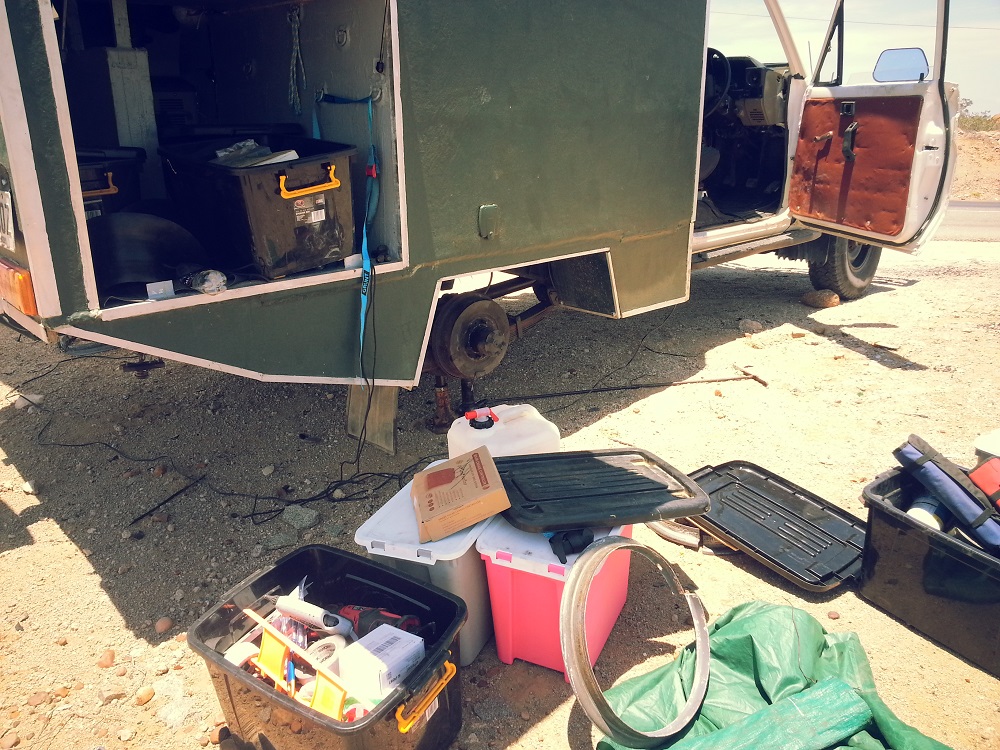
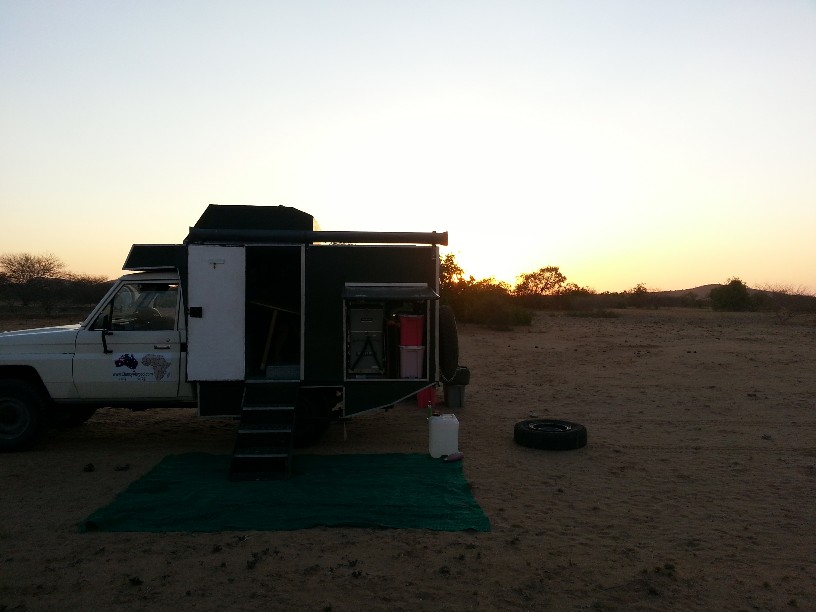
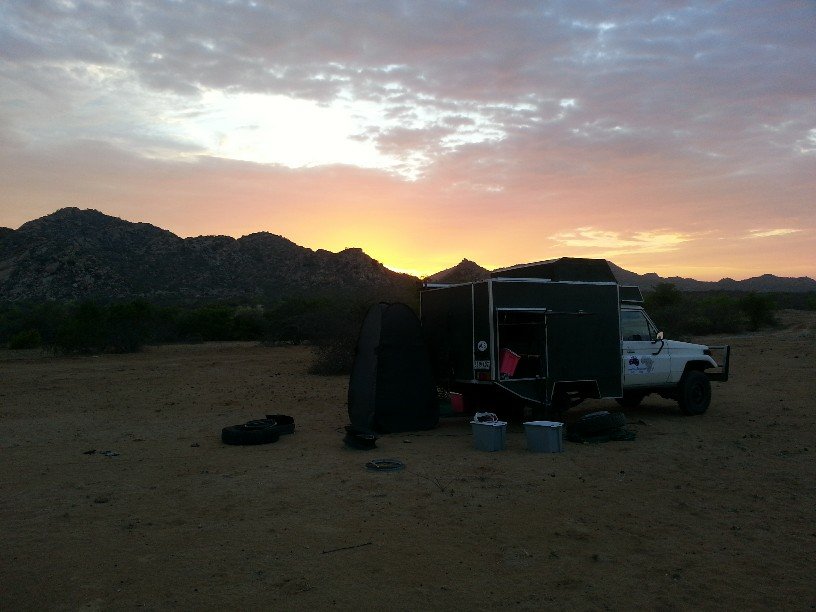
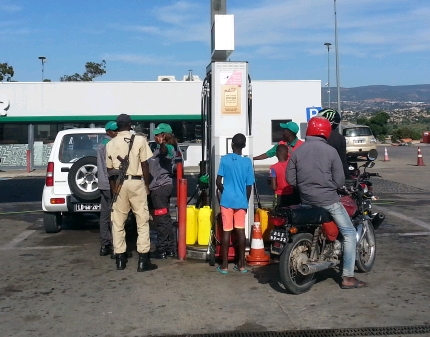
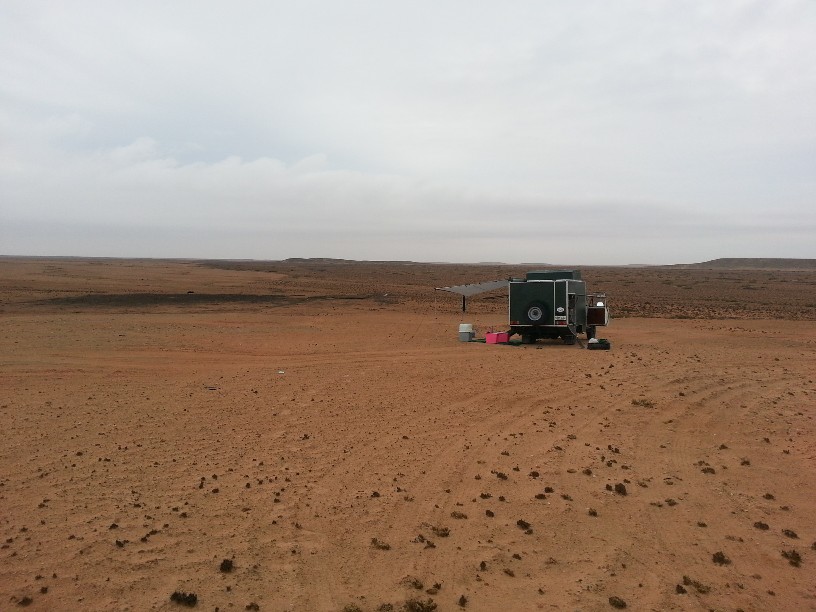
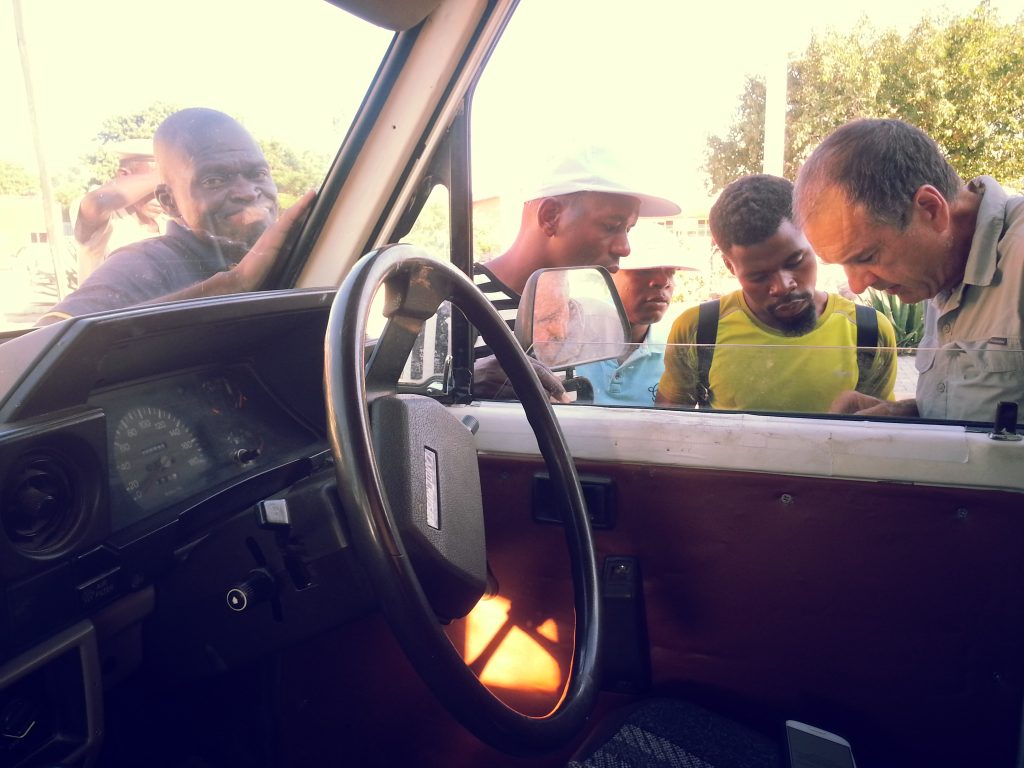
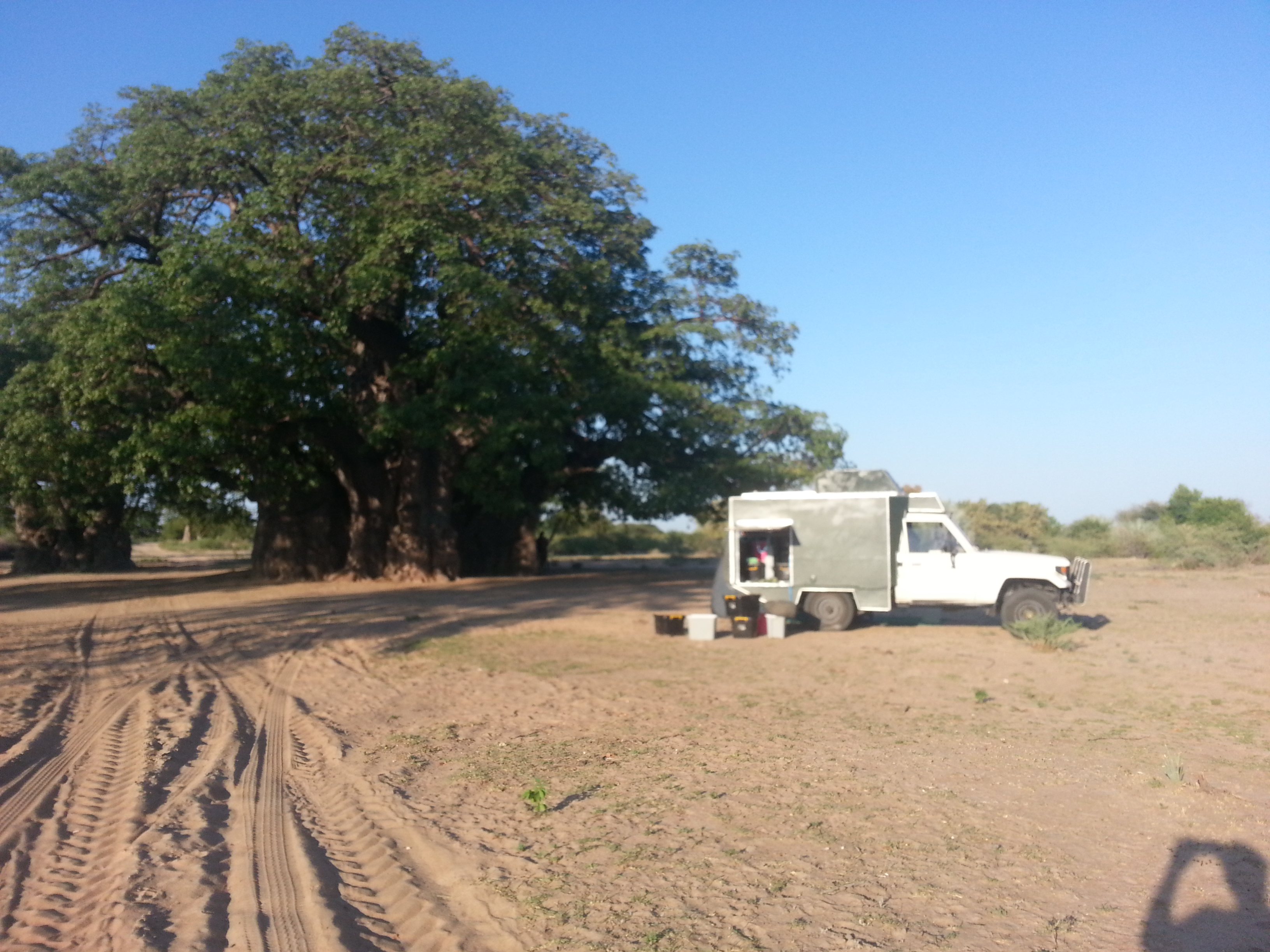
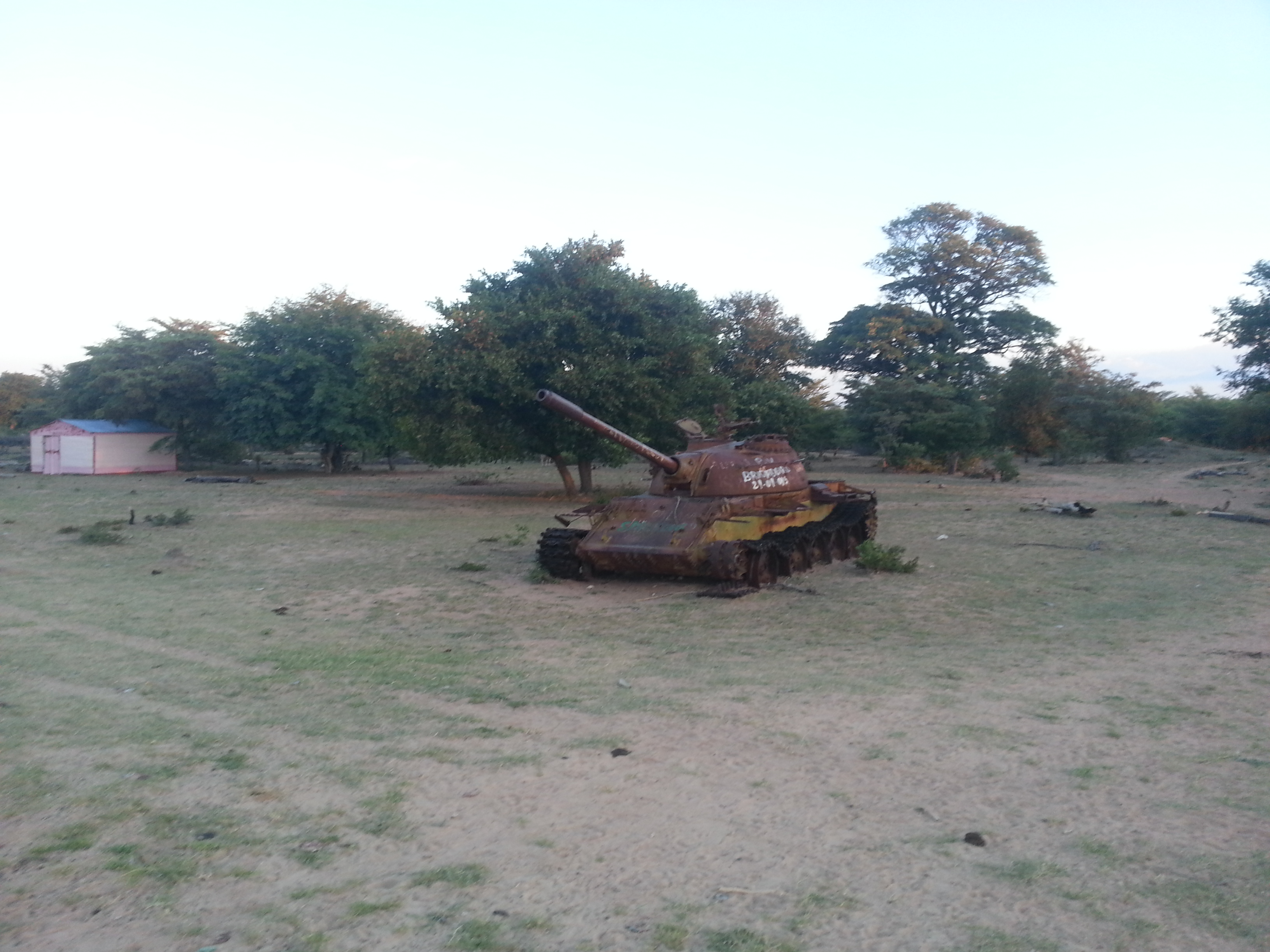
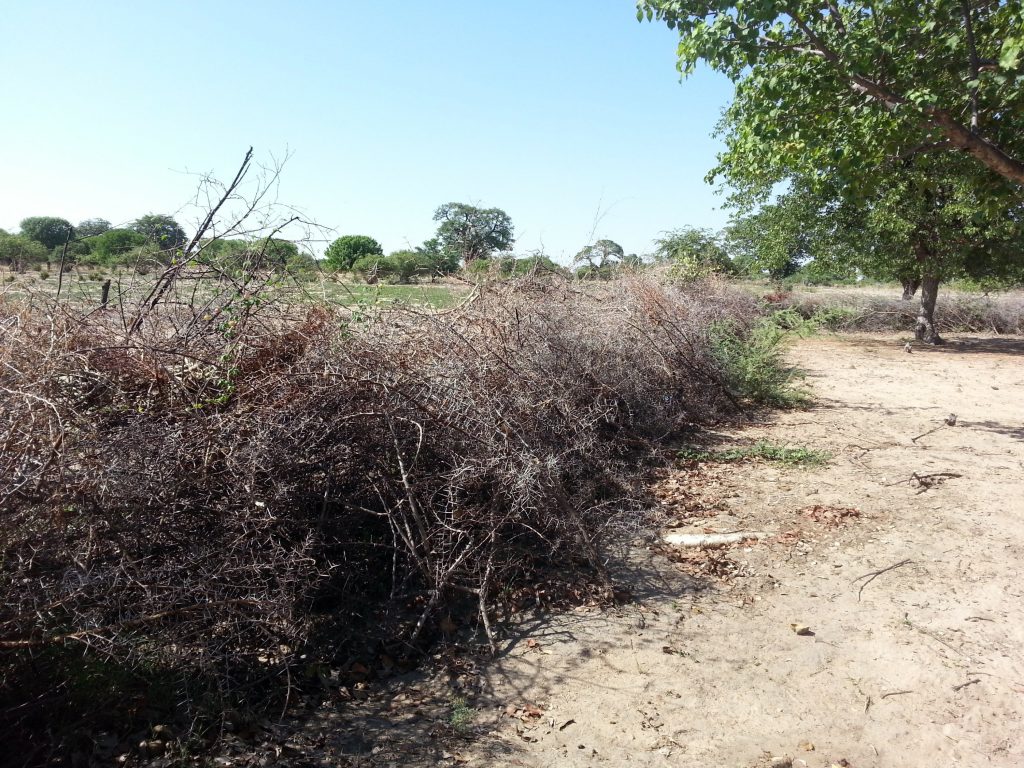
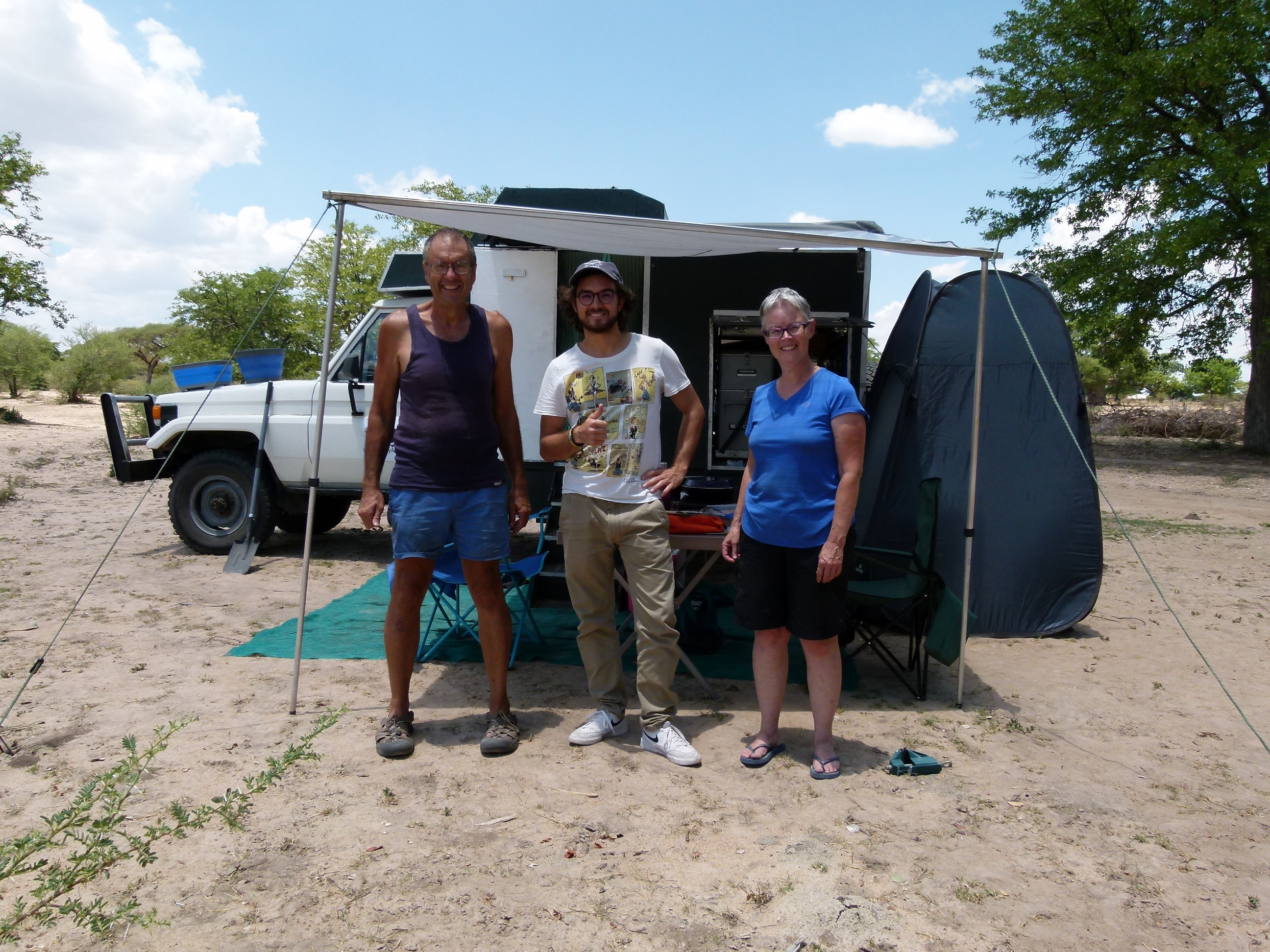
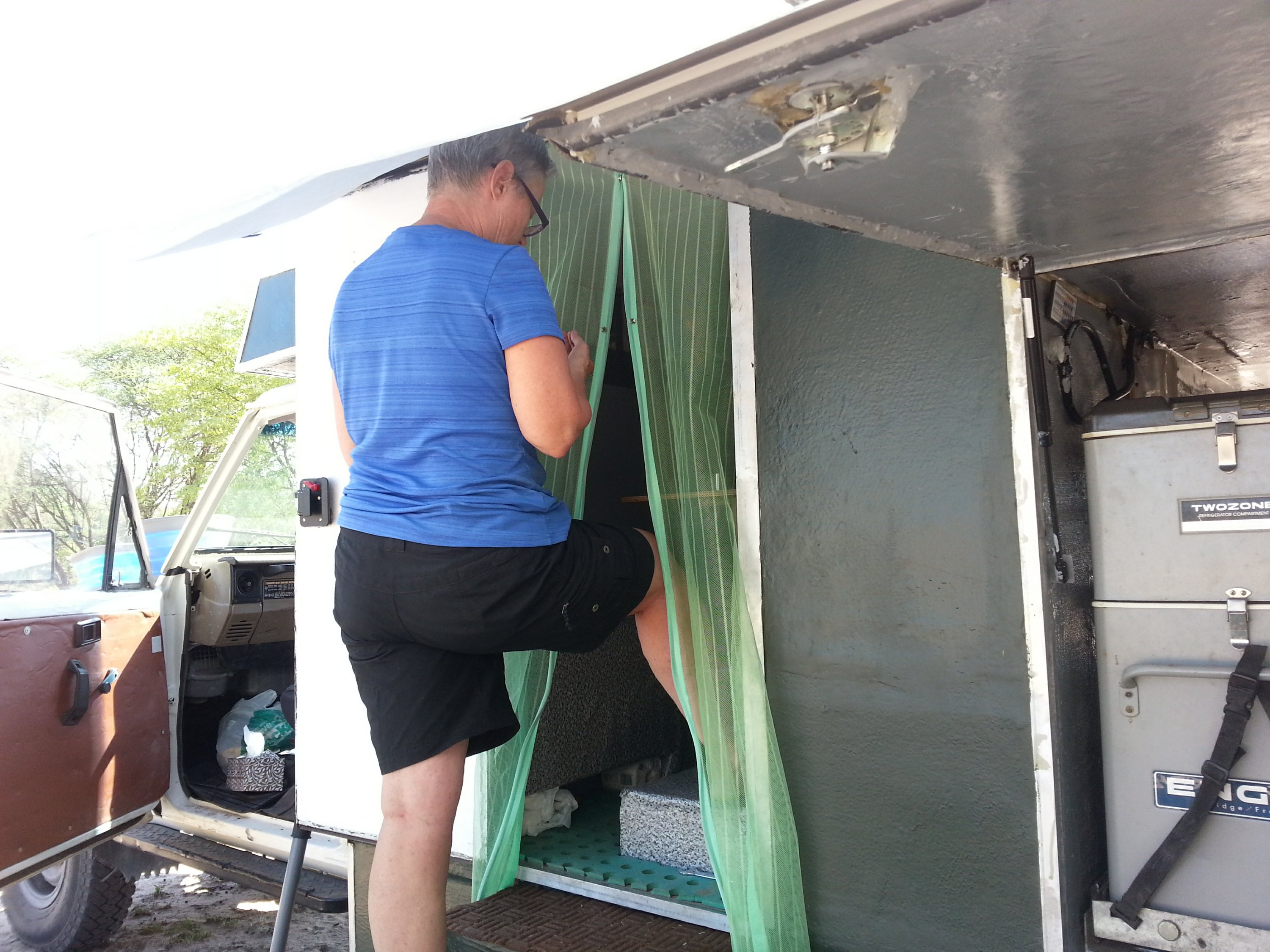 Judy fixing our insect screen door
Judy fixing our insect screen door